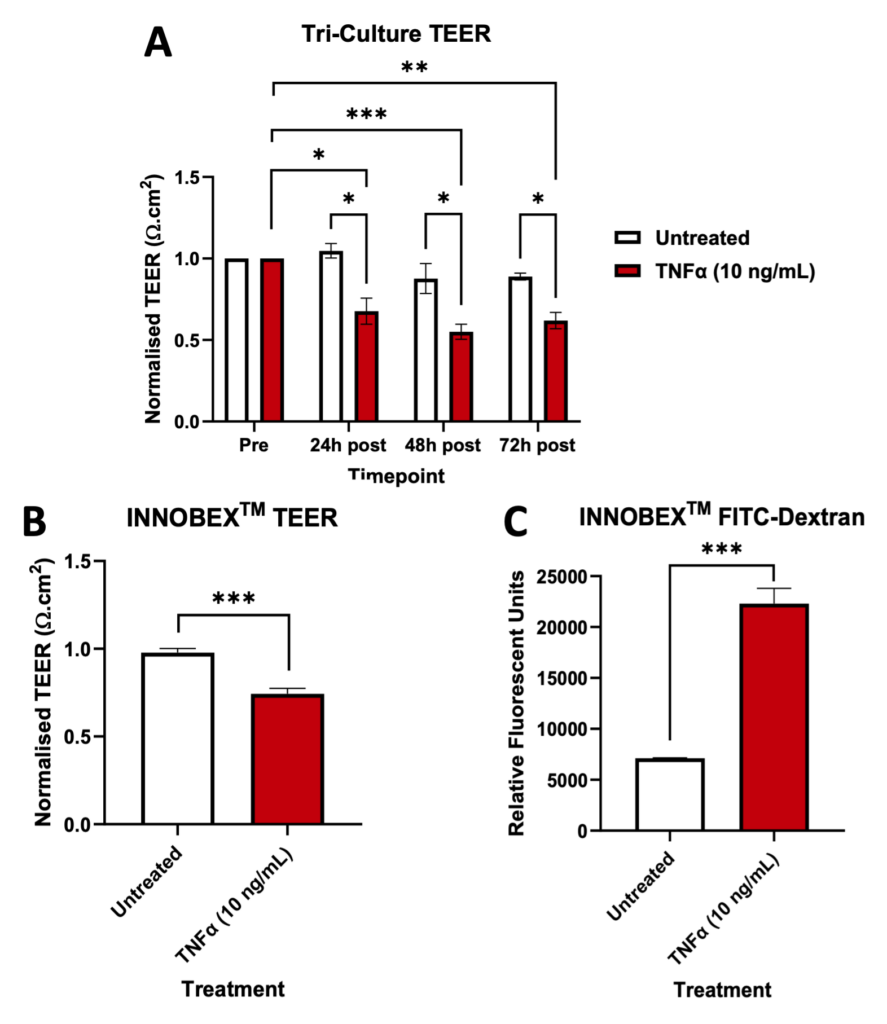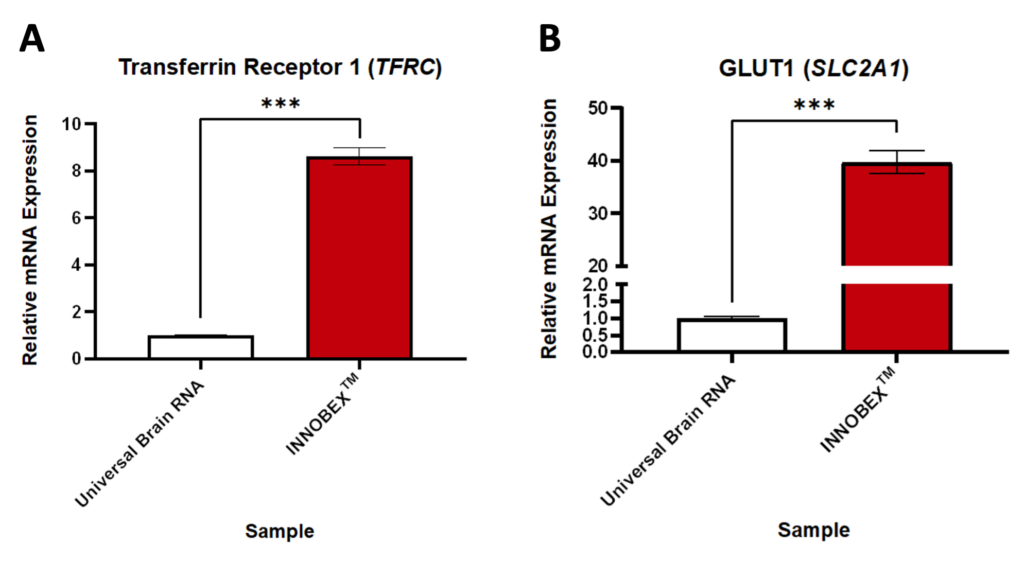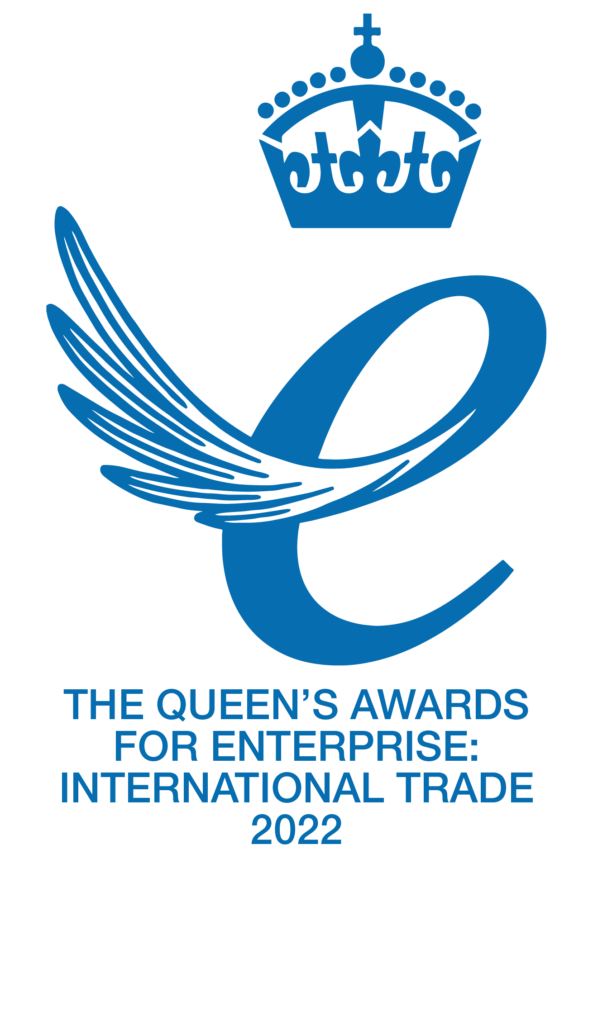Over the years, several companies have designed different models to represent the blood-brain barrier (BBB) in vitro. These range from simple one cell type models to complex organ on a chip or microfluidic structures. However, there are several drawbacks associated with these models, with single cell models not receiving feedback from the other cells surrounding the vasculature and more complex models being limited by their expense and low throughput.
INNOBEX™ was created by the Cellomatics team as a solution to these issues, with three primary cell types making up the model. It is freshly prepared in-house, ensuring the cells are healthy, and the model is used only once it has passed our stringent quality control measures.
The blood-brain barrier
The BBB is a highly selective structure between the bloodstream and the brain that plays a critical role in maintaining brain homeostasis, protecting the central nervous system (CNS) and stopping harmful substances from entering the brain. However, this protective feature poses significant challenges in drug delivery to the brain. In vivo, the BBB is made up of human brain microvascular endothelial cells (HBMVECs), supported by pericytes and astrocytes.
INNOBEXTM, an in vitro model of the BBB, offers a promising solution for studying drug permeability, cell-to-cell interactions, and transporter activity in a controlled environment.
INNOBEXTM: A 3D Transwell Approach
INNOBEXTM is a 3D, transwell model designed to replicate the complex structure and function of the human BBB. The model consists of primary human cerebral endothelial cells, astrocytes, pericytes, and optional neurons for multicellular complexity. INNOBEXTM allows for a detailed analysis of drug compounds and their interactions within the BBB.
It has many advantages, including customisable treatment plans for client compounds with high-throughput screening, assessment of cell-cell interactions and it is therefore representative of in vivo physiology.
The transwell system of INNOBEXTM allows for separation of cells, while still allowing for critical cell-to-cell interactions. HBMVECs are seeded on the apical side of the membrane and astrocytes and pericytes are on the basal side. This arrangement achieves optimal barrier properties that resemble the physiological conditions of the BBB. The optional addition of neurons adds to the complexity, making the model more representative of the CNS environment.
Validation of INNOBEXTM for cell-to-cell interactions and BBB integrity
An advantage of the INNOBEXTM model is the ability to assess cell-cell interactions which in turn validates BBB integrity. The proximity of HBMVECs to astrocytes and pericytes in the transwell system reflects in vivo communications within the BBB.
To validate the integrity and permeability of INNOBEXTM, two key methods can be used: trans-endothelial electrical resistance (TEER) and FITC-Dextran permeability assays. Both these assays confirmed that INNOBEXTM maintains a stable and functional BBB, capable of responding to factors such as the cytokine TNFα, which is known to destabilise the blood-brain barrier. The response to TNFα showed a reduction in barrier integrity and an increase in selective permeability of the in vitro model. This shows the models physiological relevance for researching BBB dynamics under pathological conditions.

Validation of INNOBEXTM for BBB transporter expression
A key feature of the BBB is its expression of transporters which regulate the movement of molecules into and out of the brain. These BBB transporters are common drug discovery targets, and INNOBEXTM has been assessed for the stable expression of these including transferrin receptor 1, commonly associated with receptor mediated transcytosis at the BBB, and GLUT1, a glucose transporter that is abundantly expressed at the BBB to supply neurons and other cells with nutrients. This validates INNOBEXTM‘s ability to mimic nutrient transport in the BBB.
Gene expression analysis of these transporters within the INNOBEXTM model demonstrated stable expression levels relative to GAPDH and normalised to a control group. Data were analysed using unpaired t-test to show significant differences with a p-value of less than 0.001. This confirms that INNOBEXTM can be used to study transporter function and will offer an insight to drug mechanisms.

INNOBEXTM offers a versatile and reliable platform for studying the blood-brain barrier. It’s ability to replicate in vivo conditions with customisable treatment plans and high throughput screening makes it a desirable tool for drug discovery research.
Get in touch with the Cellomatics team today to learn more about how INNOBEXTM can support your drug discovery journey










